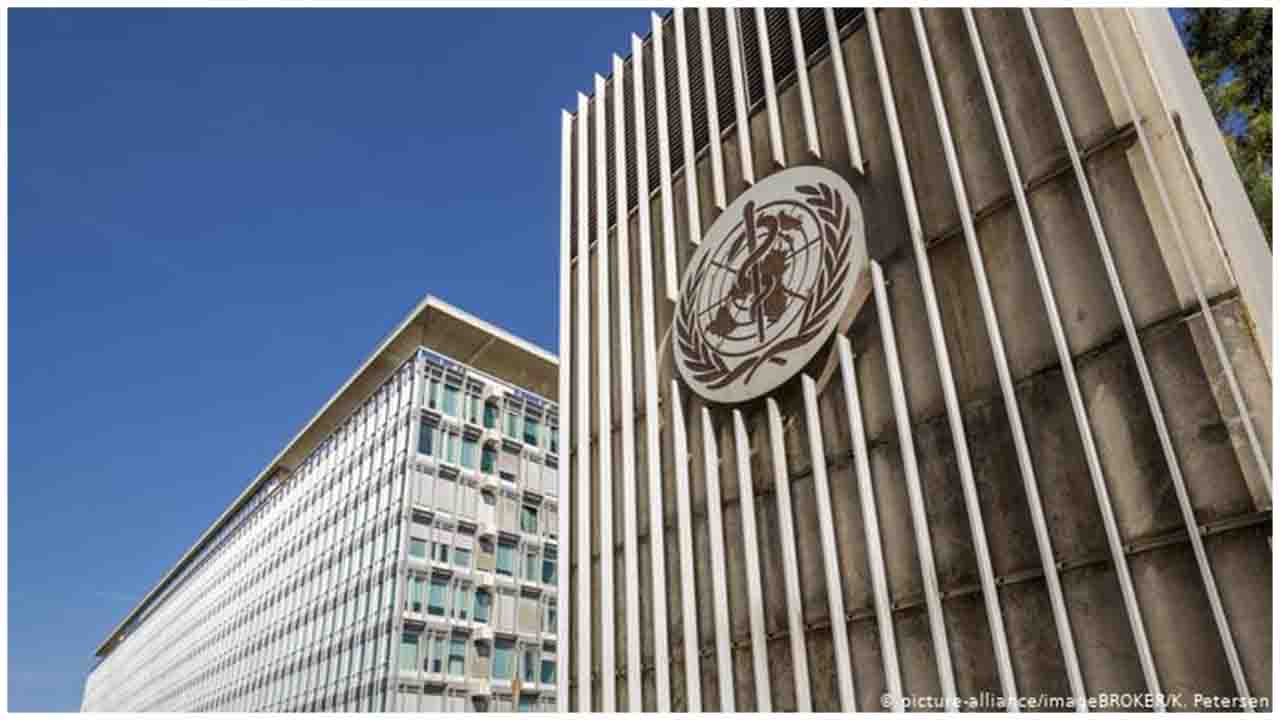The WHO team of experts investigating the origin of novel coronavirus SARS-CoV-2 in Wuhan said that the virus most probably jumped to humans via an intermediary species.
Dr Peter Ben Embarek, head of the WHO-led team told their assessment to the press on Tuesday about their initial findings which suggest that the introduction to humans through an intermediary host species is the most likely pathway and one way that will require more studies and more specific targeted research.
As the team was wrapping up a highly watched, nearly a month-long visit to Wuhan, he said, its investigation had uncovered new information but had not dramatically changed the picture of the outbreak but it did 'add details to that story.'
He added that work to identify the origins of the coronavirus points to a natural reservoir in bats, but it is unlikely that they were in Wuhan, the central Chinese city where the outbreak was discovered in late 2019. The possible path from whatever original animal species all the way through to the Huanan market could have taken a very long and convoluted path.
The Chinese and foreign experts considered several options for how the disease first ended up in humans, leading to a pandemic that has now killed more than 2.3 million people worldwide. The WHO team probed four hypotheses around the transmission of Coronavirus to the human population and concluded that the most likely scenario of the introduction of coronavirus to humans is through an intermediary host species. Other possibilities being direct transmission from animal to humans, transmission from frozen food to humans and the possibility of a leakage from the lab. The joint Chinese-WHO team dismissed the possibility of the laboratory-related incident saying that findings suggest that the laboratory hypothesis is extremely unlikely to explain the introduction of the virus to the human population so that will not be recommended for future studies. China had already strongly rejected that possibility and has promoted other theories.
Other hypotheses need future studies. Embarek, the WHO’s food safety scientist said that viruses can survive in frozen environments but added that the possibility of cold chain transmission of coronavirus warrants further investigation. China has often pushed the hypothesis of cold chain transmission and repeatedly announced findings of coronavirus traces on imported food packaging. The WHO expert said that the hypothesis of direct transmission from an animal reservoir to a human, also known as 'direct zoonotic spillover', is a possible pathway and recommended it for future studies.
During the initial days of Covid-19 outbreak, preliminary studies had suggested that the bats could be the source since the coronavirus present in bats has a genome that is 96 per cent identical to SARS-CoV-2. An intermediary host species has been considered the most likely pathway for such viruses because the bat coronavirus cannot bind to receptors in human lung cells. However, the animal source of the pandemic could not be identified. The WHO team said that a lot of targeted studies are required for origin tracing as was the case with other outbreaks like Ebola, SARS etc. which are still not clear. The team found no evidence that the disease was spreading widely any earlier than the initial outbreak in the second half of December 2019 in Wuhan. Now, the team will try to link the data points collected during this visit which they consider as the initial step. Final report of the WHO team will be awaited which may take some time.
Earlier, members of the WHO team tried to manage the expectations for the mission, saying it would probably take years to fully understand the origins of Covid-19. They also said that they got good cooperation from the Chinese side. The visit by the WHO team took months of negotiation before getting approval from China. While China has contained some localized waves of infection since getting the outbreak under control last year, life in Wuhan has largely returned to normal.

 WHO team report from Wuhan
WHO team report from Wuhan 






.jpeg)





.jpeg)







.jpeg)




.jpeg)
.jpeg)








